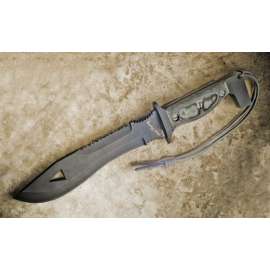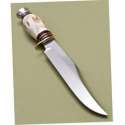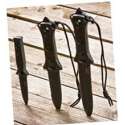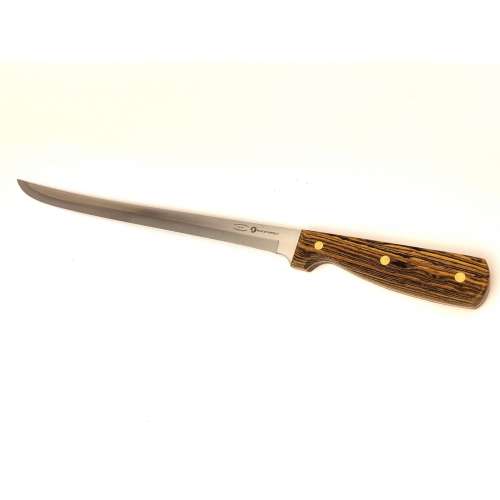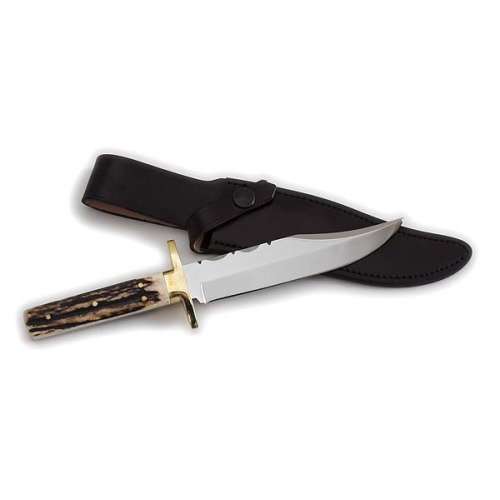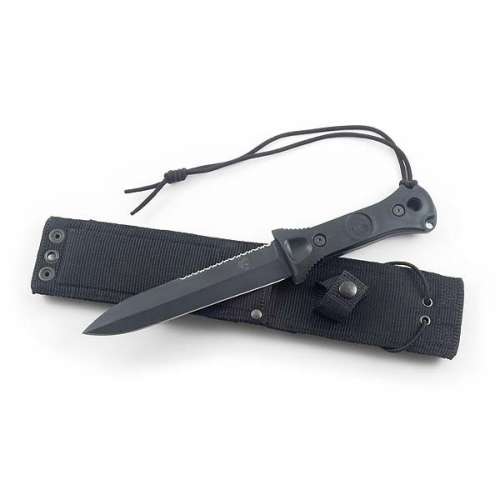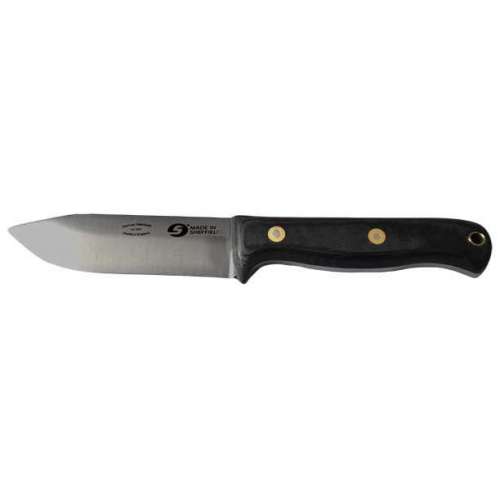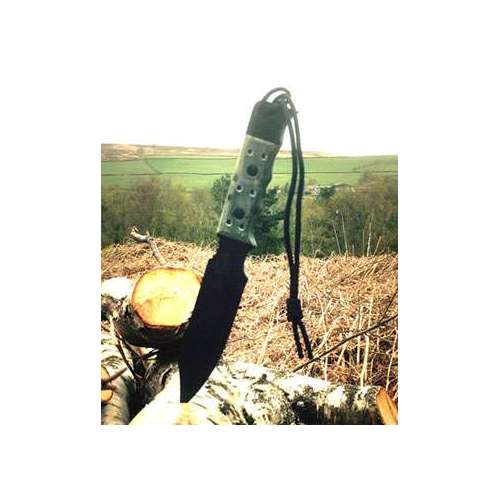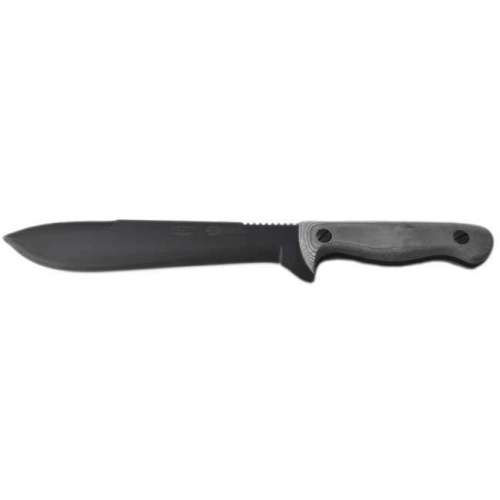No products
Product successfully added to your shopping cart
There are 0 items in your cart. There is 1 item in your cart.
Hunting, Tactical & Survival Knives
Survival Knives
During World War II, we were one of the original companies forging the now world famous Fairbairn-Sykes commando dagger that is still issued today.
We make the knives the professionals rely on. The knives we produce are relied on by armies, tactical forces and survivalists around the world – literally. Their well-being and their...
Survival Knives
During World War II, we were one of the original companies forging the now world famous Fairbairn-Sykes commando dagger that is still issued today.
We make the knives the professionals rely on. The knives we produce are relied on by armies, tactical forces and survivalists around the world – literally. Their well-being and their lives depend on our knives. You can now buy these same knives.
We use only the finest steel that has been manufactured to our specification. It is cut by laser to ensure that every one of our knives starts its life as accurately as the designer so carefully penned on paper. Heat treatment and tempering produce the optimum crystalline structure in the steel for the desired toughness, flexibility and hardness of the blades. Finally, our craftsmen grind, shape and assemble every knife by hand, delivering the sharpness and quality of finish you can depend on in the most demanding of environments, and which also make our knives the centrepiece of any knife collection.
To see our full range of Hunting, Tactical and Survival knives take a look at our external site here: http://scorpionknives.com/
Subcategories
Alaskan Filleter 10 inch Flexible Blade Alaskan Filleter 10 inch Flexible Blade
Alaskan Filleting Knife - 10 inch - Flexible Blade Zebrano Handle with Brass Rivets Alaskan Filleting Knife - 10 inch -...
In Stock
Categories
Wishlist
Information
New products
-

16" Double Handled Cheese Knife / Cake Knife / Pizza Knife
16 Inch Double Handle Cheese / Cake knife / Pizza knife X50 Stainless...
£ 60.00

